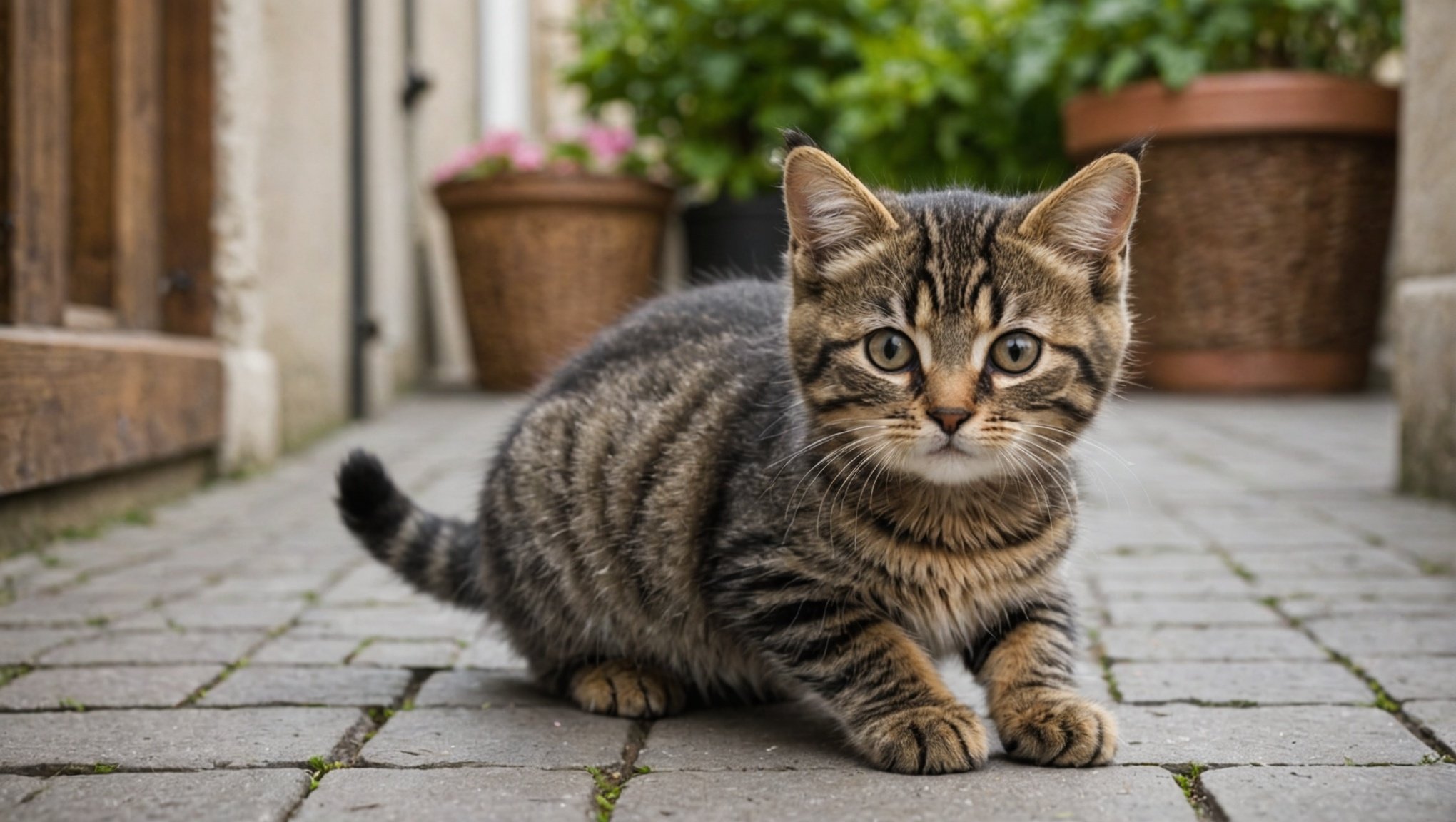Socializing your new kitten is key to helping them grow into a confident and happy cat. It’s an essential part of their development, setting the stage for their interaction with people, dogs, and other pets. The time you invest in socializing your kitten can contribute significantly to your pet’s behavior as an adult.
One particular aspect of socialization that can often be overlooked is the introduction to different household noises. It’s a crucial part of ensuring your kitten grows into a well-rounded and fearless adult. This article will provide a comprehensive guide on effective ways to socialize kittens with various household sounds and how to prevent fear-based reactions.
A découvrir également : What are the steps to successfully rehabilitate a cat with a history of hoarding situations?
Introducing Kittens to Household Noises
When you bring a new kitten home, it’s an entirely new world for them. The surroundings, smells, and especially noises are all unfamiliar. Your kitten needs time to adjust and comprehend these new elements, and you can help speed up this process by gradually introducing them to various household noises.
Start by identifying the common noises in your home. This includes the sound of the dishwasher, washing machine, vacuum cleaner, doorbells, telephones, and even the noise of pots and pans in the kitchen. With time, you can also introduce them to the sounds of a dog barking or people talking and laughing loudly.
A voir aussi : What are the best ways to enrich the living space for a cat confined indoors due to FIV or FeLV?
While doing this, observe your kitten’s reactions. If they seem scared or anxious, it’s a sign that you may need to slow down and give them more time to get used to each sound.
Using Playtime to Familiarize Kittens with Noises
Playtime is an effective tool for socialization. It not only helps kittens burn off energy but also serves as a perfect opportunity to introduce them to various household noises. This strategy is effective because kittens are usually in a relaxed and receptive state during play, making them more open to new experiences.
Start by associating the sounds with play. For instance, before you turn on the vacuum cleaner, engage your kitten in a game of ‘chase the feather’ or ‘pounce the mouse.’ Over time, your kitten will start associating the sound of the vacuum cleaner with positive experiences, reducing any fear or anxiety they may have previously had.
Incorporating Food in Their Socialization
Another effective way to socialize kittens with household noises is by incorporating food. Kittens, like most pets, are motivated by food. For your kitten, mealtime is likely the best time of their day. Use this to your advantage by associating different sounds with feeding time.
You could time the running of your washing machine or dishwasher with their mealtime. This association of noises with a positive experience like feeding helps to reduce any fear or anxiety they may initially have.
Gradual Exposure and Positive Reinforcement
Gradual exposure is the key to successfully socializing your kittens with household noises. Introduce one sound at a time, and assess your pet’s reaction before moving onto the next.
Positive reinforcement should accompany this gradual exposure. When your kitten reacts well to a new sound, reward them. This could be with a treat, praise, or extra playtime, reinforcing the idea that good things happen when they aren’t scared of new sounds.
The Role of a Safe Space
Creating a safe space for your kitten is crucial. This safe space can be a separate room equipped with all their needs like food, litter box, and toys.
During the socialization process, if noises overwhelm your kitten, they can retreat to their safe space. This gives them a sense of control and security, knowing they have a place to go if things get too intense.
In conclusion, familiarizing your kitten with household noises is a crucial part of their early socialization. It can prevent fear-based reactions and contribute to their overall behavior as an adult. Remember, patience is key. Give your kitten the time they need to adjust to these new sounds, always associating them with positive experiences.
Fostering Interaction Between Kittens and Other Pets
When socializing your kitten with household noises, it is also important to consider the role of other pets in your home. This can include dogs, cats, or any other animals you may have.
For example, if you have a dog, it is beneficial to gradually introduce the kitten to the sound of the dog barking. This might seem scary to the kitten at first, but with gradual exposure and positive reinforcement, your kitten can learn that the barking is just another normal household noise.
The same principle applies if you have another cat in the house. The sounds of the resident cat’s meowing, purring, or even the noise they make while using the litter box can be unfamiliar to the new kitten. Gradually introducing these sounds will help the kitten adjust and become more comfortable.
Remember to monitor the interactions between your new kitten and the existing pets. Observe their body language to ensure that no fear aggression is displayed. It is crucial that the kitten feels safe in the presence of other pets. This is where the safe space comes into play. The kitten should have a place to retreat if they feel overwhelmed.
When introducing your new kitten to older pets, a baby gate can be useful. It allows the animals to see and smell each other without any physical contact. This can help the kitten get used to the presence of other animals without feeling threatened.
Addressing Fear-Based Reactions in Kittens
Despite your best efforts, some kittens might still show fear-based reactions to certain household noises. This is more common in kittens who have had little human contact, such as feral cats or kittens rescued from a trap, neuter, return program.
In such cases, it is essential to understand that the kitten is reacting out of fear and not aggression. The key here is patience and consistency. Gradually expose the kitten to the noise that is causing fear. Keep the volume low at first, then gradually increase it as the kitten becomes more comfortable.
At the same time, use positive reinforcement to reward your kitten for their bravery. This could be in the form of a delicious cat food treat, a cuddle, or a round of their favorite game. Remember, the goal is to help the kitten associate the feared noise with positive experiences.
Do not force the kitten to face their fear. If the kitten is showing signs of extreme fear, give them a break and try again later. Sometimes, it might take several weeks, even months, for a kitten to become fully comfortable with a certain noise.
Consistency is the key to preventing fear-based reactions in kittens. Be consistent in your approach, and never punish the kitten for being scared. This will only increase their fear and could potentially lead to more serious behavioral issues in the future.
Conclusion
Socializing a kitten to different household noises is a crucial aspect of their upbringing. It not only helps prevent fear-based reactions but also contributes to the development of a well-adjusted adult cat. Employ strategies such as gradual exposure, positive reinforcement, and the creation of a safe space to help your kitten adjust to their new environment.
Remember to introduce other household pets gradually and use tools like a baby gate to facilitate safe introductions. Lastly, be patient and consistent. Your efforts will pay off when your kitten grows into a confident and socialized cat, comfortable with all the sights and sounds of their home.
















